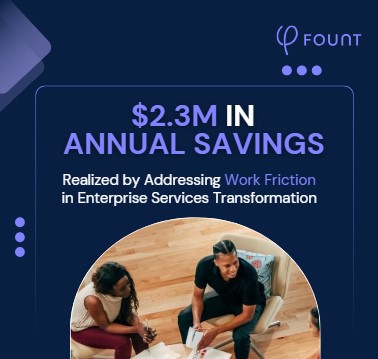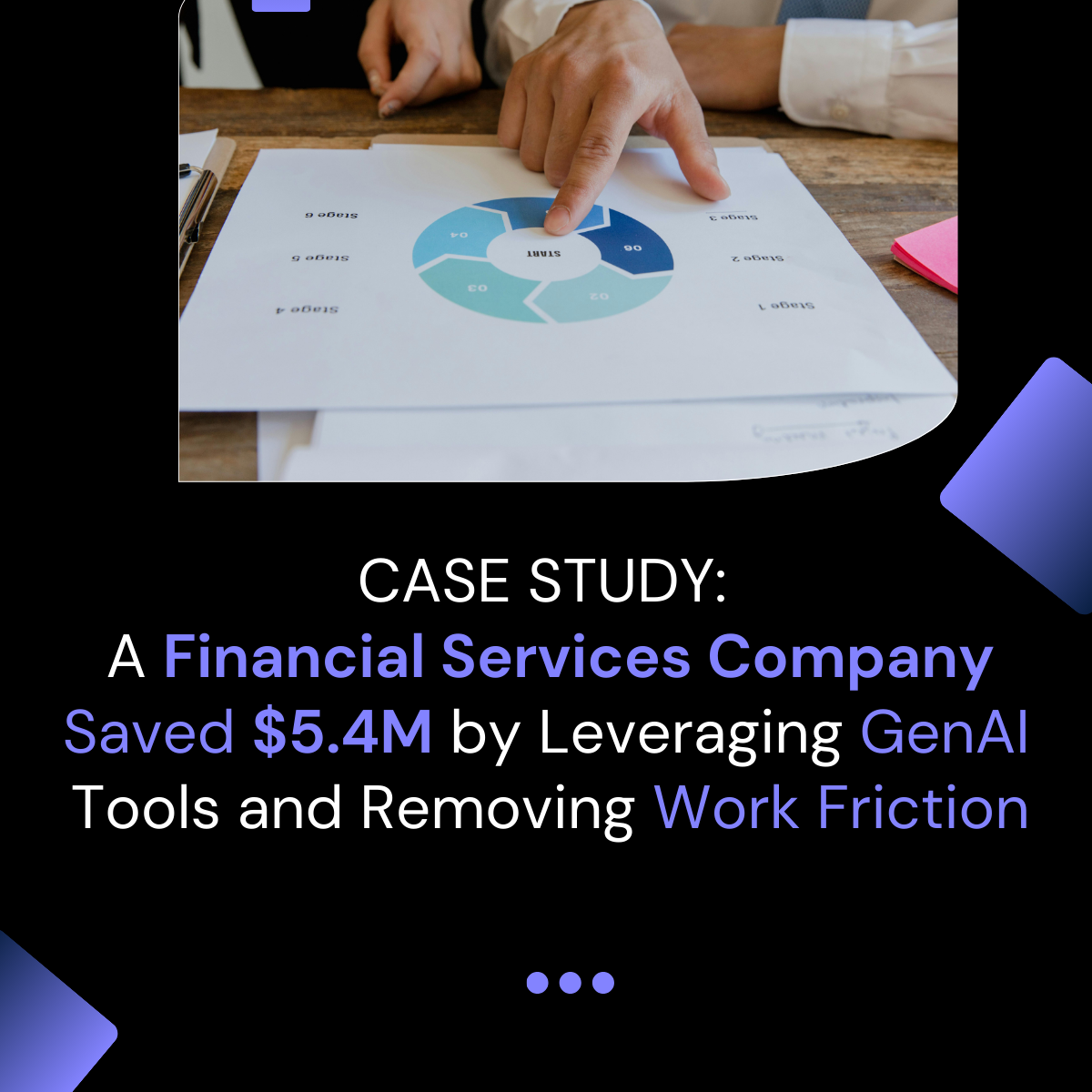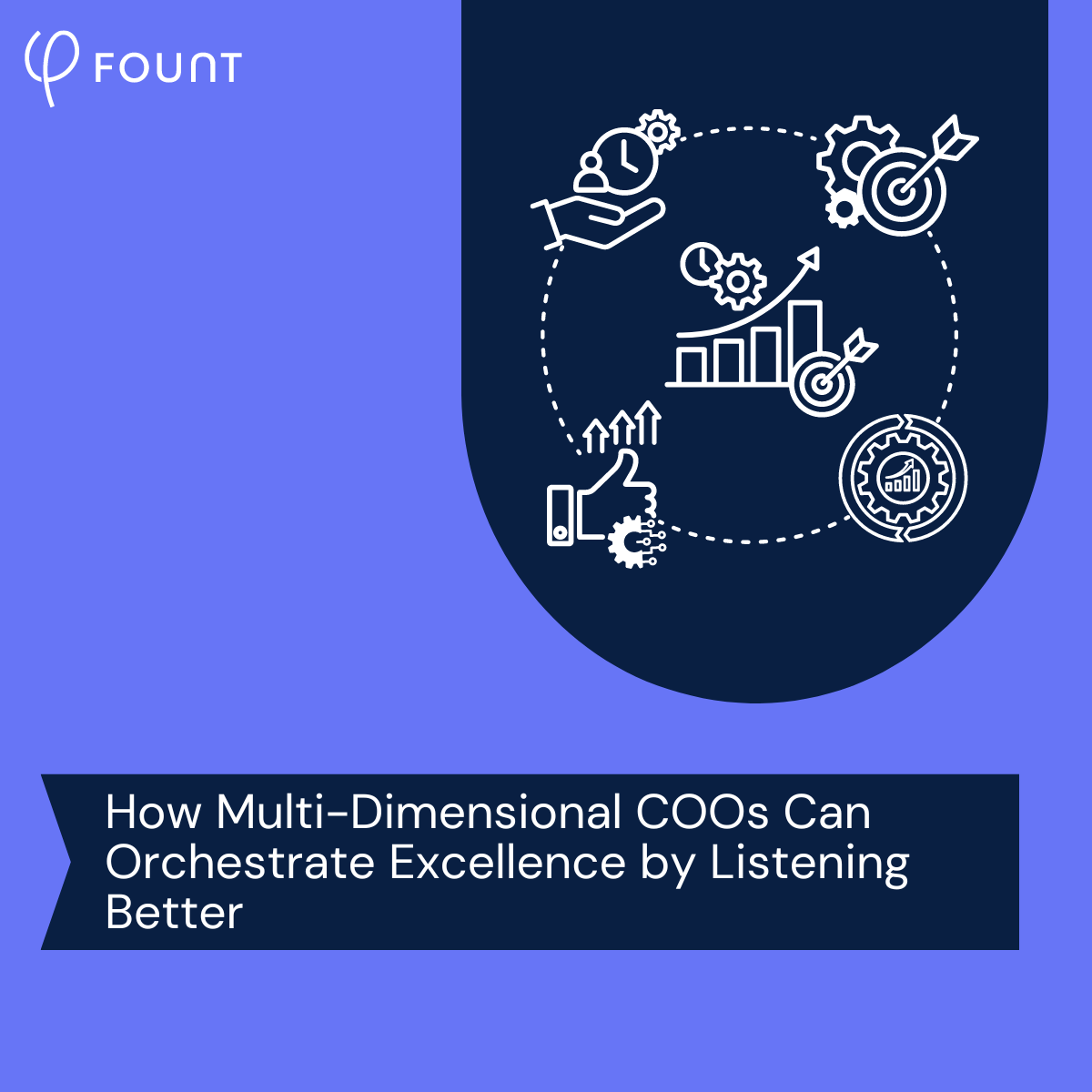Beyond Best Practices: Designing for Seamless Integration in Digital Transformations
Service design in digital transformation, technology integration beyond best practices, aligning technology with human-centric processes
Guest Post by Isabella Kosch
Isabella Kosch is a customer experience executive and in her past role was the Head of GBS Service Management at Swarovski. With over 20 years of diverse management experience in marketing, product management, service management, transformation, and strategic planning across different industries, she has a proven track record of creating top-notch customer-centric experiences. A former member of ServiceNow’s Product Advisory Council, she has successfully led complex change management programs, aligning technology with a human-centric approach.
How many times have you heard, “We don’t need to design anything – the tech we’re implementing is built on industry best practices”? Sure, off-the-shelf solutions can be implemented quickly, keeping costs down and disruption minimal. When I introduced ServiceNow at Swarovski, we took the same approach: we used the out-of-the-box setup aligned with industry standards to keep things simple. But here’s the thing – best practices are a starting point, not the solution.
While best practices offer a framework, they often overlook a critical factor: how technology integrates into the broader ecosystem. In my experience, the challenge isn’t usually the software’s usability – it’s whether it fits seamlessly with existing workflows and, more importantly, the entire user journey. A process can look perfect on paper, but if it doesn’t interact smoothly with everything else, you’re going to hit roadblocks. These invisible roadblocks can derail even the most well-intentioned transformation.
The Limits of Best Practices
Best practices give you a proven framework and save you from reinventing the wheel. But what if they don’t align with your organization’s needs or culture? During our ServiceNow rollout, the assumption was that industry’s “best” would work as-is. But here’s the reality: even the best software can cause frustration if implemented in isolation. The gaps between the new technology and existing systems often aren’t visible until you’re deep into the implementation.
Service Design: The Missing Link
This is where service design comes in. For too long, organizations have focused on individual processes, often neglecting how these processes fit into the bigger picture. Service design forces a wider view, ensuring that every piece of the user journey works together. Without this, you’re just building great processes in silos that look great on their own, but don’t mesh with the real world of daily work.
I’ve seen this happen teams introduce flawless new processes, but employees still struggle because the systems don’t integrate well, and the user experience is fragmented. Designing for seamless integration is just as essential as the process itself.
Gaining Visibility Across the User Journey
Let’s talk about visibility. Too often, organizations design transactional workflows without considering how they affect the entire journey. What happens outside those formal workflows is just as important as what happens inside.
Informal, 1:1 interactions with customers or employees fall outside formal processes but are just as crucial. These moments shape perceptions and, ultimately, satisfaction. Unfortunately, they’re often invisible because they aren’t measured.
To drive meaningful change, you need to measure what happens outside the structured workflows. Traditional KPIs won’t capture these informal and often hidden interactions, yet they’re key to understanding how well a transformation is performing or an end-to-end process is working.
Beyond KPIs: Measuring What Matters
How do you track what happens outside structured processes? It’s not always straightforward. Traditional metrics measure transactional efficiency, but overlook the unstructured, impactful moments. Those 1:1 interactions I mentioned earlier? They’re often informal, harder to track, but incredibly impactful.
One way to uncover insights that dashboards miss, is through focus groups and interviews. Yes, they take time, and no, they’re not always scalable – but they offer insights that you can’t get from any dashboard. These methods let you dig into the nuances of the user experience, giving you the qualitative data needed to understand where friction points are lurking.
Designing for Flexibility and Scalability
The real challenge comes when you need to scale these insights. Service design, paired with a flexible approach to technology, allows for customization without unnecessary complexity.
A unified entry point, such as an employee portal, can streamline experiences and eliminate fragmentation. Consistency across the enterprise speeds adoption and reduces frustration.
Conclusion
Digital transformation isn’t about deploying technology- it’s about designing systems that empower people and fuel long-term success. Industry best practices provide a solid foundation, but they are not enough. To truly unlock the potential of any transformation, leaders must move beyond the template and focus on how every element connects – across processes, technology, and, most importantly, the human experience.
When service design is prioritized, the result isn’t just a well-functioning system – it’s a future-ready organization. The true test of success is not how seamlessly a system functions in isolation, but how effortlessly it integrates into the real world, driving engagement, productivity, and satisfaction at every touchpoint.
The next time someone tells you best practices are enough, ask them: “Is it enough for today, or are we designing for tomorrow?”
Follow Isabella Kosch on LinkedIn
__________________________________________________________
FOUNT helps organizations going through transformation identify hidden friction points, enabling them to create seamless, human-centered experiences that drive adoption and accelerate transformation outcomes.
We’d be happy to present a tailored business case for your organization to demonstrate how these insights can deliver measurable results.
Related Resources
See all News
Guest Post
3 Signs Your GBS Is Creating Friction Instead of Flow (And How to Fix It)
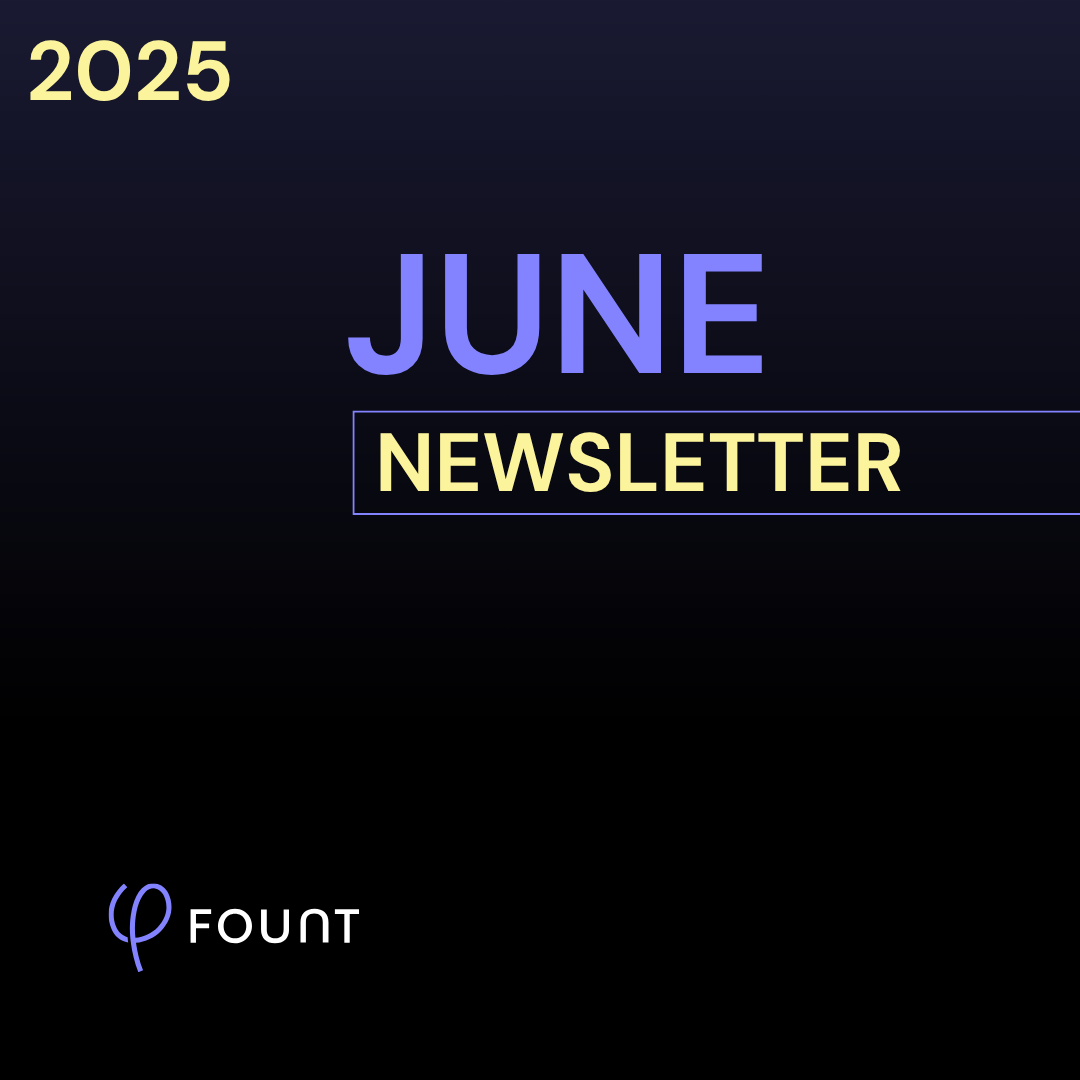
FOUNT News
June Newsletter: Friction is Killing Your AI ROI.
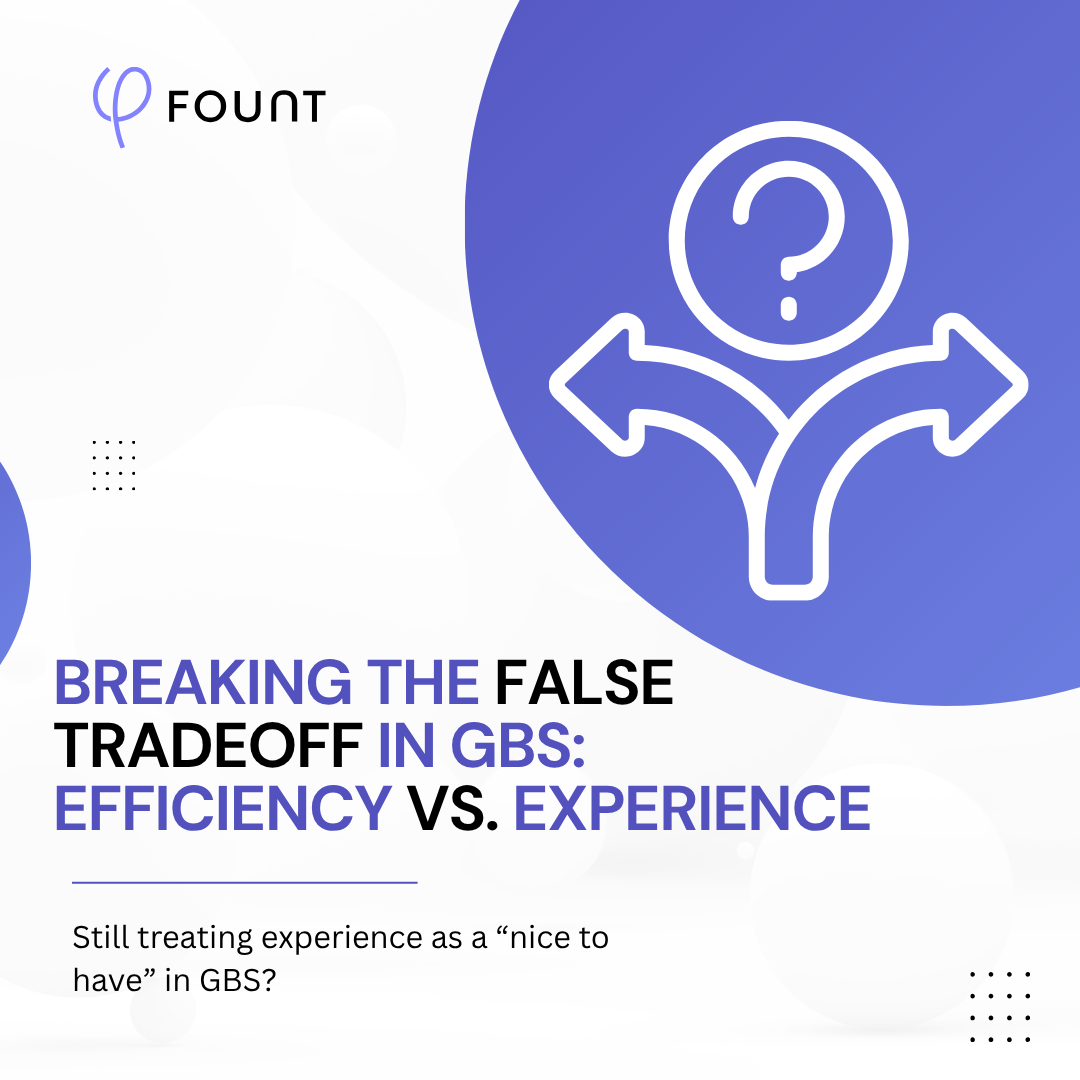
Insights
Breaking the False Tradeoff in GBS: Efficiency vs. Experience

Events
LIVE Webinar – July 9th for SSON Network. Beyond AI Hype: How to De-Risk Your GBS Transformation with Friction Data
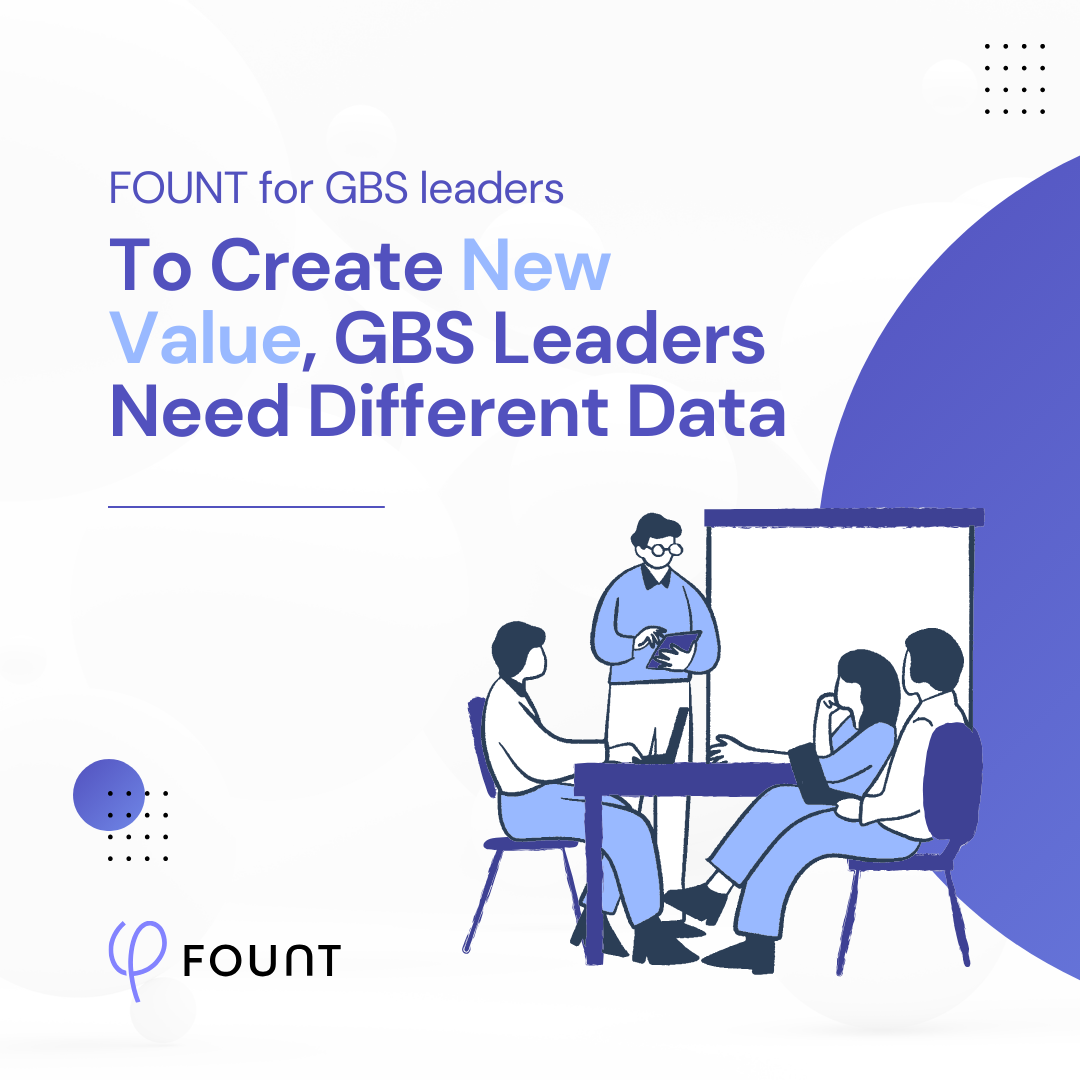
Insights
To Create New Value, GBS Leaders Need Different Data

Insights
How to Keep Up with the Latest AI Developments
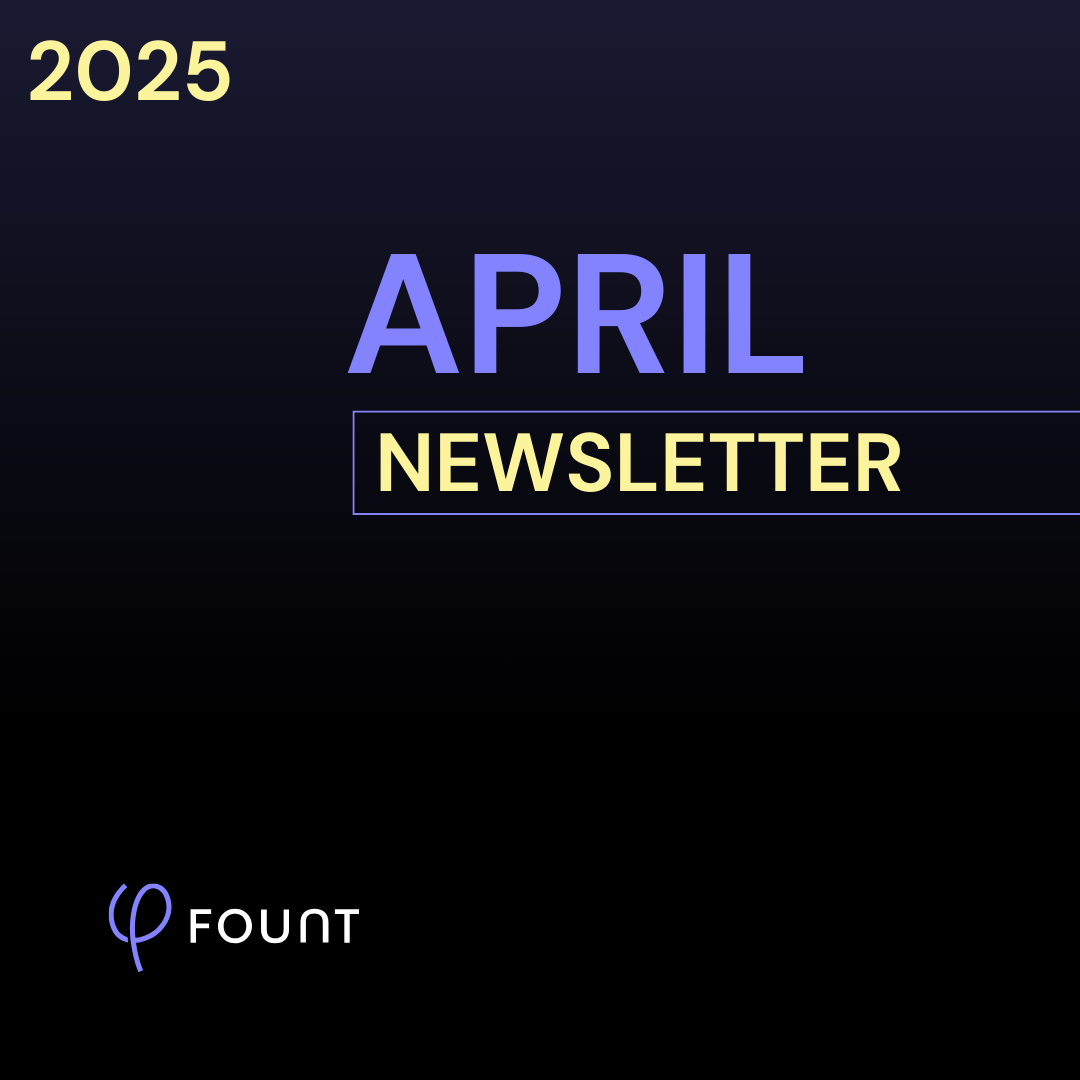
Insights
APRIL Newsletter. Friction: You Can’t Improve What You Can’t See

Guest Post
AI is Reshaping the HR Operating Model: Here’s What 15 Leading Companies Discovered
